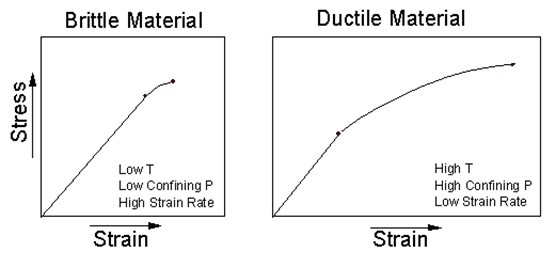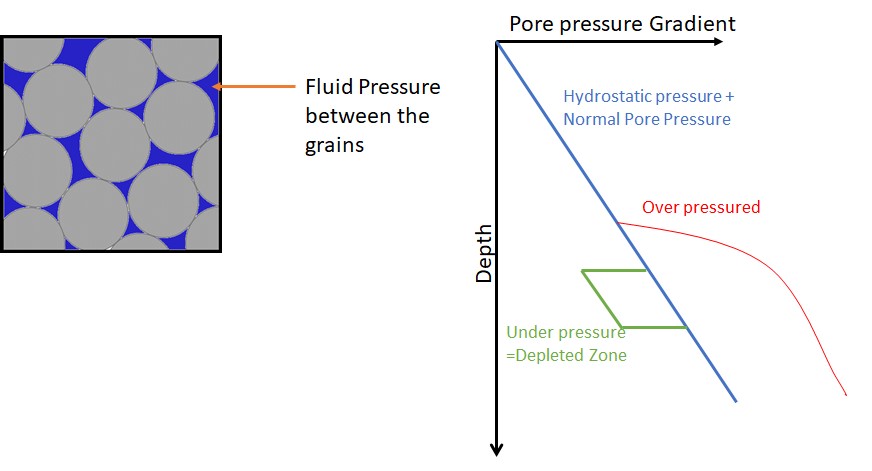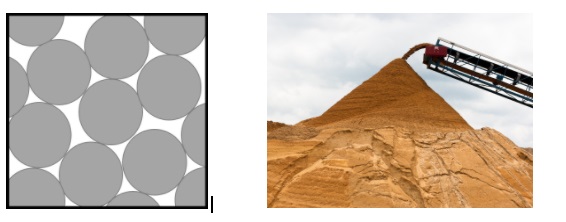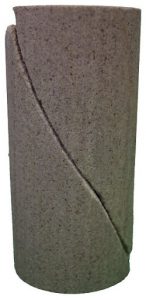What is Permeability?
The permeability of a rock is the measure of how effectively a fluid will flow through the rock. The permeability is related to the porosity and the shape, distribution and connectedness of the pores. That permeability may differ for different fluids / fluid phases – Relative Permeability (ie: the permeability of that rock to a heavy brine will differ to the permeability to a dry gas).
Permeability can best be resolved by Darcy’s Law:
q = – k p / u
Where q is the instantaneous flux, k is the permeability of the medium, u is the viscosity of the fluid, and p is the total pressure drop across the distance tested.
There are three main types of permeability to understand.
- Absolute permeability – The ability of a single fluid to flow through a rock, when only that one fluid is present.
- Effective permeability – the effective permeability of a rock is the ability of a fluid phase to flow through the rock in the presence of other fluids.
- Relative permeability – When considering multiple fluid phases in a rock, relative permeability is a ratio of the effective permeability of that phase to the absolute permeability of the single phase in that rock.






